Canon EOS R10
Two-minute review
There's been a hole in the middle of Canon's mirrorless camera lineup for a few years now, but the Canon EOS R10 finally fills it. If you're a beginner looking to expand your photographic horizons, or an existing Canon fan who wants a fun second camera for everyday shooting, it's now one of the best cameras around.
While it's a little more advanced and expensive than traditional entry-level cameras, like the Canon EOS Rebel SL3 / EOS 250D DSLR, the EOS R10 is a considerable upgrade on those models and well worth its price tag. It's really an evolution of the double-digit DSLRs like the Canon EOS 90D, cameras that became firm favorites with those who wanted to snap their family, vacations and day-to-day lives with smartphone-beating quality.
The key to the Canon EOS R10's charm is its Digic X processor, which helps unlock the latest autofocus tech and some impressive burst-shooting speeds for its price. You get Dual Pixel CMOS AF II and 15fps continuous shooting (albeit with a firm brake applied by the EOS R10's buffer), which make this camera more than capable of snagging a shot of the family dog's winning goal in the garden water polo.

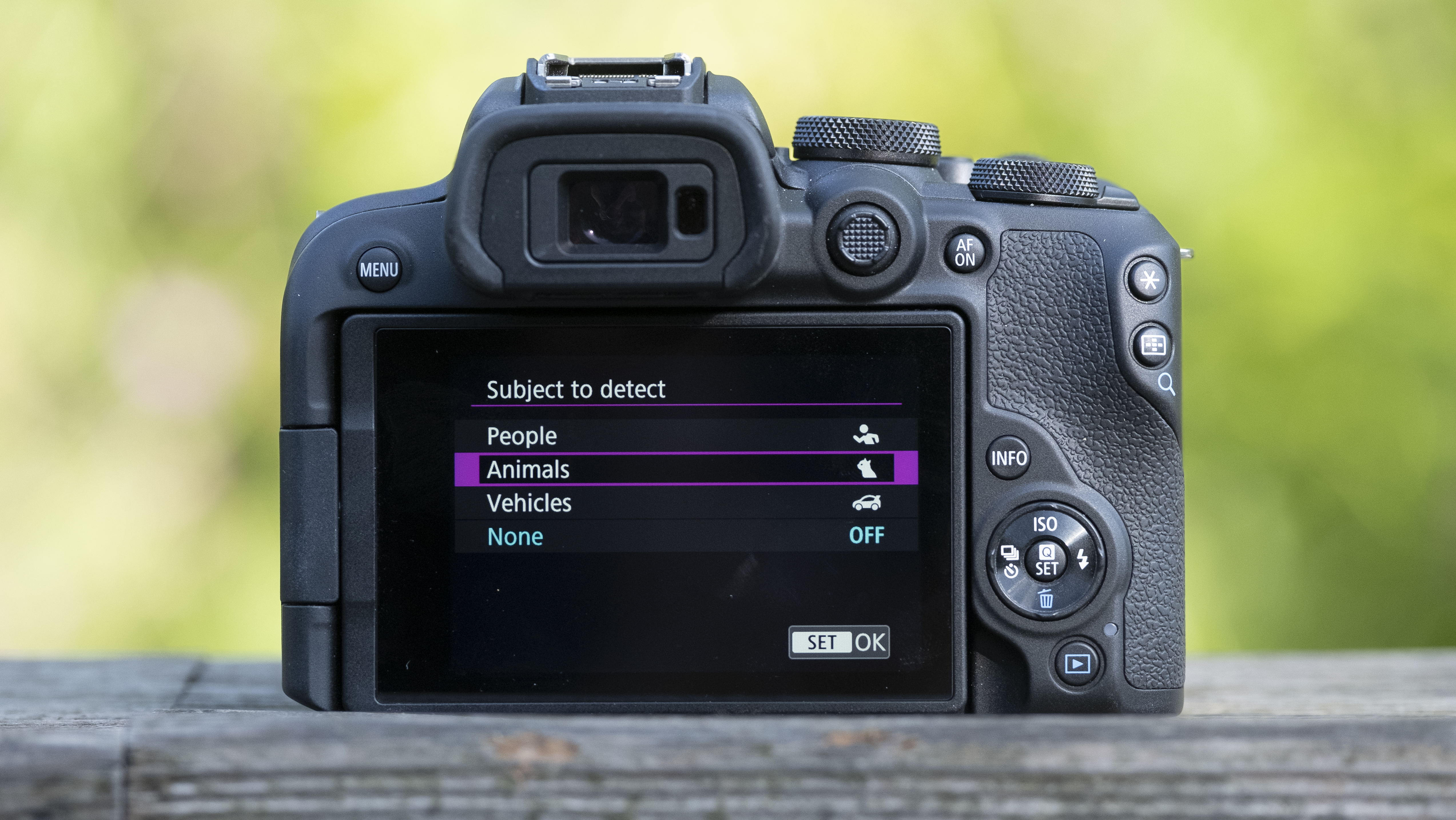
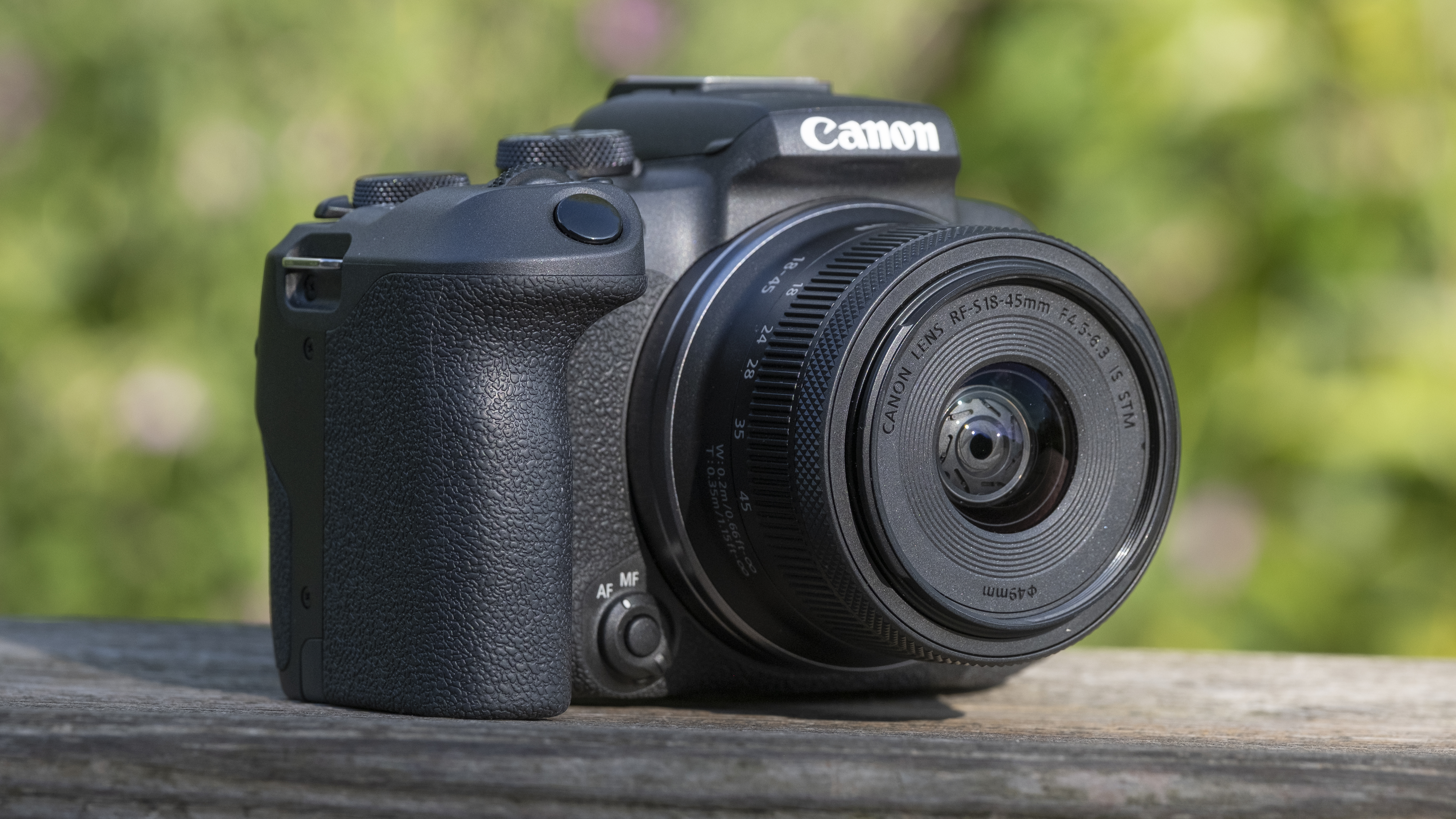
The EOS R10 can track a wide range of subjects, including people, animals (dogs, cats, birds) and vehicles, and follows them around pretty tenaciously. This is a really useful tool that lifts this camera above rivals like the Fujifilm X-S10, although that camera does fight back with in-body image stabilization and (right now) a bigger selection of lenses.
Ah yes, lenses. Along with a slightly small viewfinder (with 0.59x magnification), these are the EOS R10's main weakness. At the time of writing, Canon has only made two native lenses for the EOS R10 and its EOS R7 sibling: the RF-S 18-45mm f/4.5-6.3 IS STM and RF-S 18-150mm f/3.5-6.3 IS STM zoom. This is pretty paltry compared to Sony and Fujifilm, although you can use both Canon's full-frame RF lenses and older EF ones on this camera with an optional adaptor.
How important this is very much depends on your photographic preferences and experience. There are some affordable RF lenses that will work nicely with the EOS R10, including the RF 50mm f/1.8 ($180 / £220 / AU$340), RF 16mm f/2.8 ($299 / £320 / AU$479) and, for wildlife snappers, the RF 600mm f/11 ($699 / £860 / AU$1,399). We also tested it with the RF 85mm f/2 Macro ($550 / £670 / AU$1,049), which is a versatile prime lens.
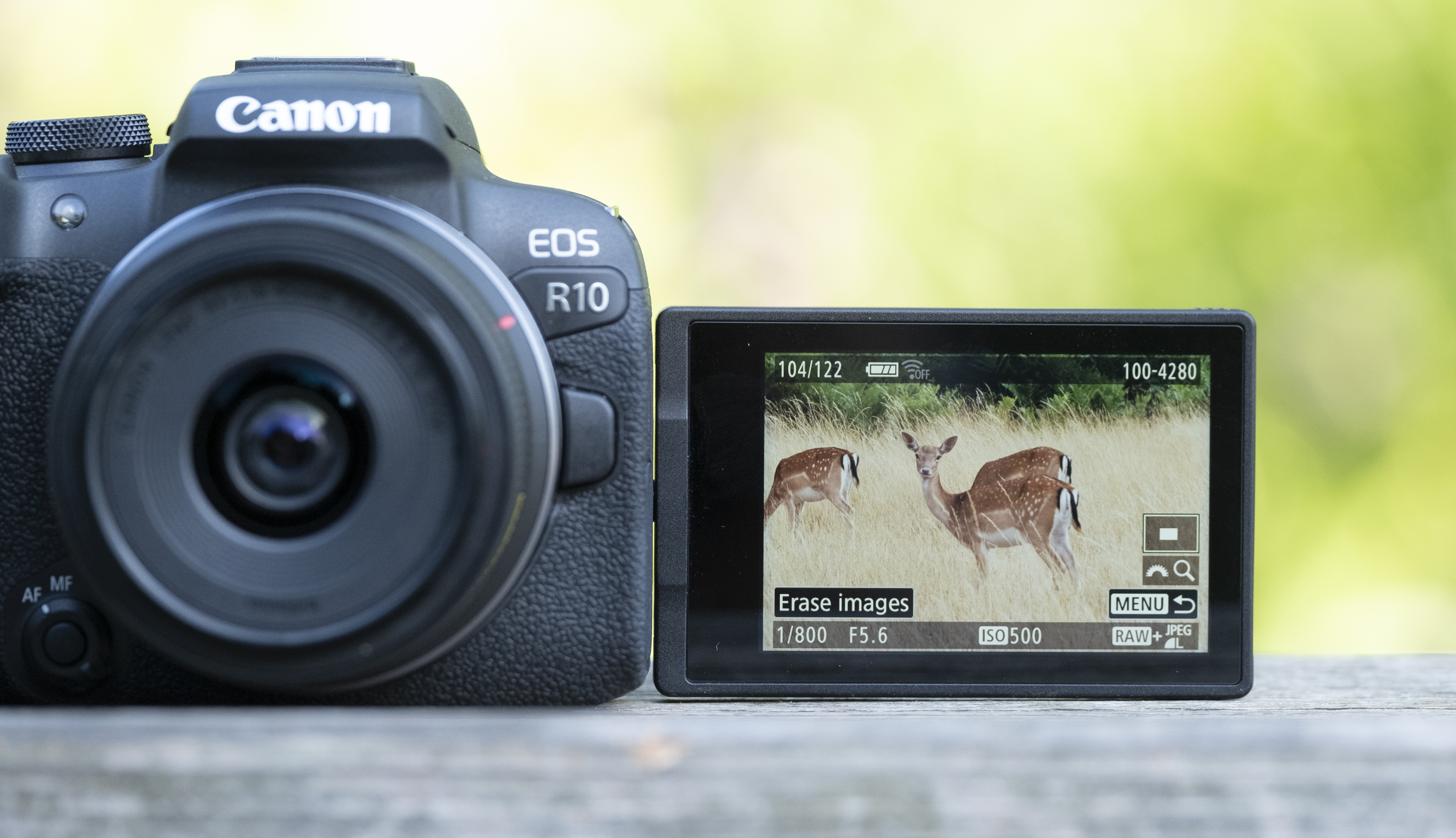
There's a good chance that these options will tide you over until Canon gets around to launching some new APS-C lenses. But if you want more options out of the gate, or don't like the uncertainty, then a camera like the Fujifilm X-S10 or Fujifilm X-T30 II could be more suitable.
If you're just starting out and want a lightweight camera that'll grow with you, though, then the Canon EOS R10 is one of the best beginner cameras around. Its new 24MP CMOS sensor produces some lovely images with enough leeway for you to claw back some details from shadows, even if you won't want to regularly push it beyond ISO 6400. You can also shoot some impressive video, even if the 4K/60p mode does come with a 1.56x crop.
Despite its relatively old-fashioned sensor, which isn't backside-illuminated, the EOS R10's powerful processor, autofocus experience and versatile controls give beginners a great camera to start with and a powerful one to grow into. That means you can have plenty of fun with it while you wait for Canon to make some more native lenses.
Canon EOS R10 price and release date
- Available to buy now for $979 / £899 / AU$1,499 (body only)
- Also available in two different kit lens bundles
- Slightly cheaper than the Fujifilm X-S10
The Canon EOS R10 is available to buy now in a few different bundles, with the cheapest one being its body-only price of $979 / £899 / AU$1,499.
If you'd rather buy it with one of Canon's new RF-S kit lenses, you can pick it up for $1,349 / £1,249 / AU$2,049 with the RF-S 18-150mm kit lens, or $1,099 / £999 / AU$1,649 with the RF-S 18-45mm f4.5-6.3 IS STM kit lens.
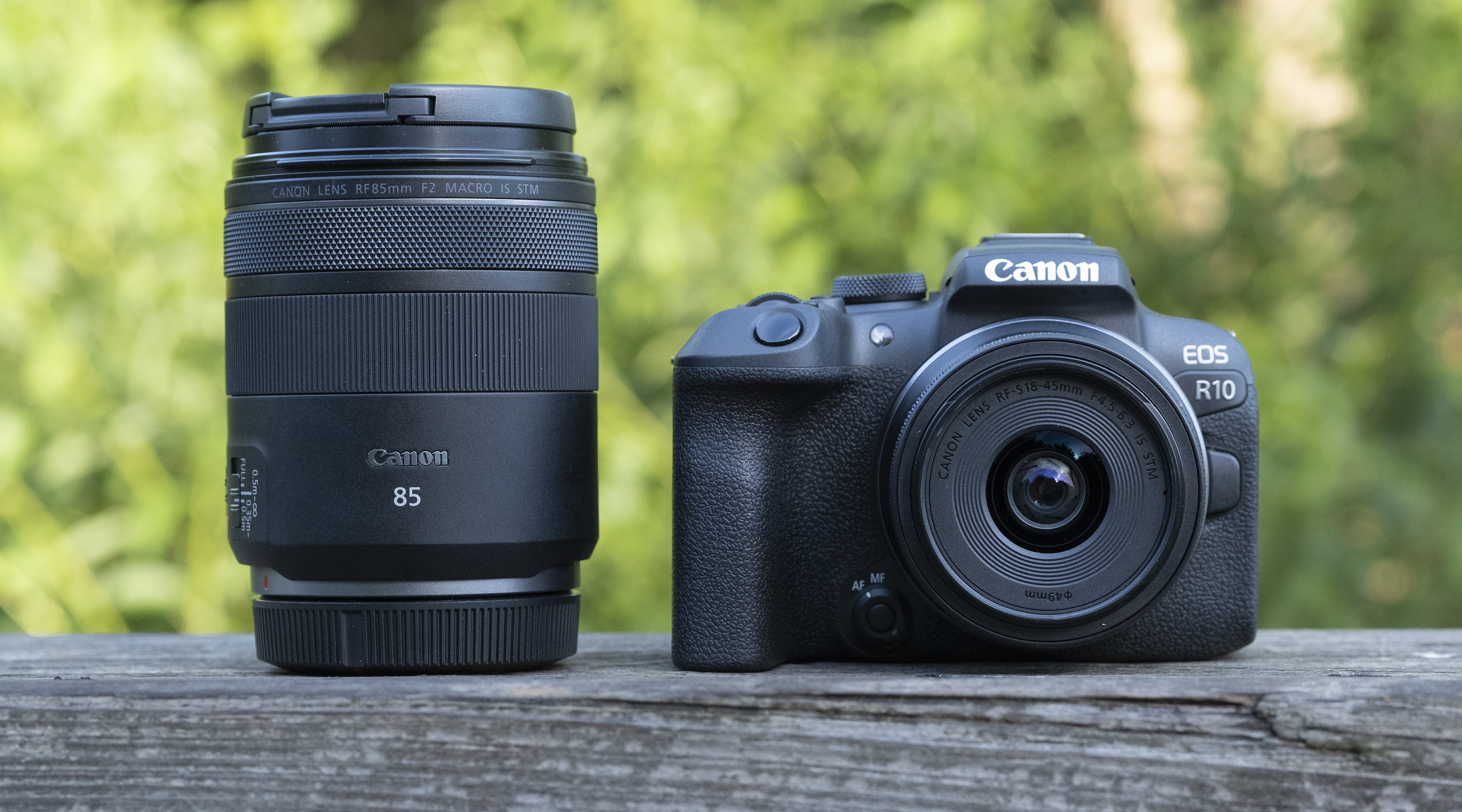
This is pretty reasonable pricing that has echoes of the Canon EOS RP, a full-frame camera that landed for $1,299 / £1,399 (body-only) back in 2019.
The EOS R10 slightly undercuts the Fujifilm X-S10 ($999 / £949 / AU$1,699), although that camera does offer in-body image stabilization, which is useful for preserving image quality and shooting video. And it's priced similarly to the Nikon Z50, another relatively compact APS-C camera that's now a little behind the EOS R10.
- Price score: 4/5
Canon EOS R10: design
- Small and lightweight, weighing only 429g
- Deep grip makes it comfortable to hold with most lenses
- Small viewfinder magnification (0.59x) and no weather-proofing
The Canon EOS R10 probably isn't going to win any Red Dot Design awards, but it does fulfill its brief of being both impressively small and comfortably familiar to anyone who's used a Canon DSLR.
In your hand, the little thing is quite reminiscent of a Canon EOS Rebel SL3 (otherwise known as the Canon EOS 250D, outside the US), which actually weighs 20g more than the 429g EOS R10.
Realistically, this is about as small as RF-mount cameras are likely to get – which is to say, not quite as diddy as EOS-M series like the Canon EOS M50 Mark II. Those cameras will live on, albeit looking wistfully through the garden fence as photographers play fetch with Canon's new APS-C darlings, the R7 and R10.

On top, the Canon EOS R10 again looks like a Rebel SL3 / EOS 250D, with a mode dial joined by front and rear command dials, a multi-function button and a video record button. One useful addition, though, is the inclusion of Canon's multi-function accessory shoe, which can both power and send data to accessories like shotgun mics. Considering this is a feature you don't even get on the full-frame cameras like the EOS R6, it's another reason to feel smug about owning an R10.
Around the back, it's a similar setup to the pricier Canon EOS R7. There's a fully articulating touchscreen that can flip forwards for video shooters and, helpfully, an AF joystick. This is a feature that affordable cameras often jettison in the name of simplicity, but it's a real boon for photographers who are looking to quickly move AF points. And that's likely to be the case when you have a powerful autofocus system with 651 AF points, like on the R10.
One slight disappointment with the EOS R10 is its small viewfinder. While this EVF has a similar 2.36-million dot resolution to the one on the EOS R7, its limited 0.59x magnification does feel a bit stingy. It works well enough in practice and can be customized with handy tools like live histograms and gridlines, but other cameras at this price point do offer better views of your scenes.
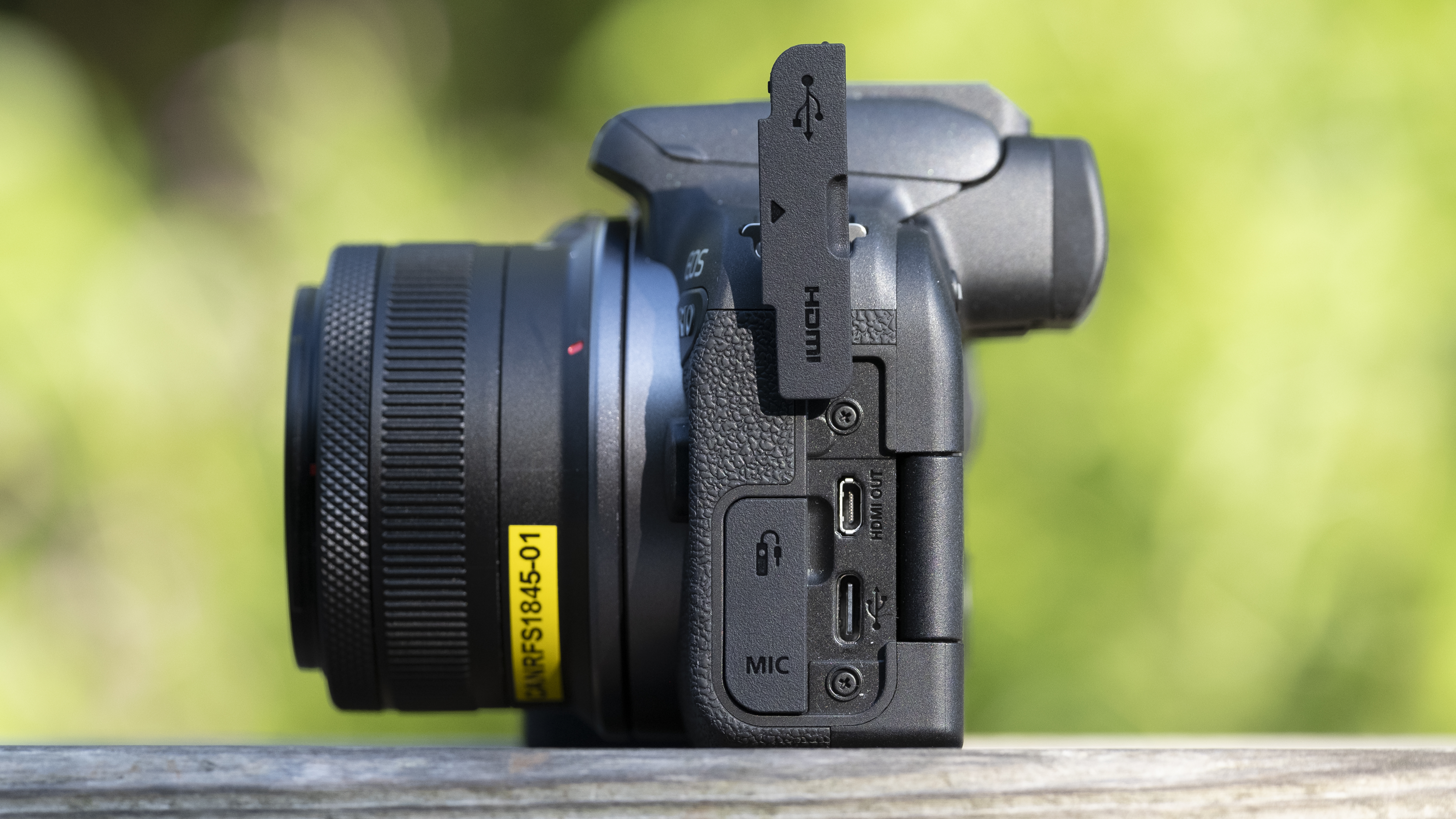
There are a couple of other design downers on the EOS R10 that are a little more understandable for the price. The EOS R10 lacks the weather-proofing you get on the EOS R7, which means you'll need to look after it that little bit more. There's also only one UHS-II card slot, rather than two. And while the EOS R10 does have a microphone input, you also lose the headphone jack for monitoring your audio when shooting videos.
All in all, though, we really enjoyed shooting with the Canon EOS R10 during our time with the camera. Like the Nikon Z50, it has a pretty deep grip for such a small camera, which means you can pair it with relatively long lenses if needed. But it's also a neat, lightweight little bundle when combined with primes like the RF 50mm f/1.8 STM lens and is a camera you'll look forward to taking out.
- Design score: 4/5
Canon EOS R10: features and performance
- Can briefly hit 15fps speeds with the mechanical shutter
- Electronic shutter brings a higher top speed but also rolling shutter limitations
- Impressive autofocus tracking for a mid-range camera
Like the Canon EOS R7, one of the most appealing things about the EOS R10 is its combination of modern autofocus smarts and pretty rapid burst-shooting speeds. The R10 isn't quite in the same category as the R7 for the latter, but it's still an improvement on mid-range DSLRs like the Canon EOS 80D and even the EOS 90D.
Canon's specs sheet says that the EOS R10 can shoot at an impressive 15fps with its mechanical shutter or at 23fps with its electronic shutter. And out tests backed up these claims, even if the camera's buffer couldn't maintain those speeds for as long as the official specs claim.
We were able to shoot uncompressed raw files for 15fps for one second using the mechanical shutter, before the buffer slowed things down to around 7fps. When shooting JPEGs, we were able to keep going at 15fps for a more useful six seconds, before it dropped to around 12fps.
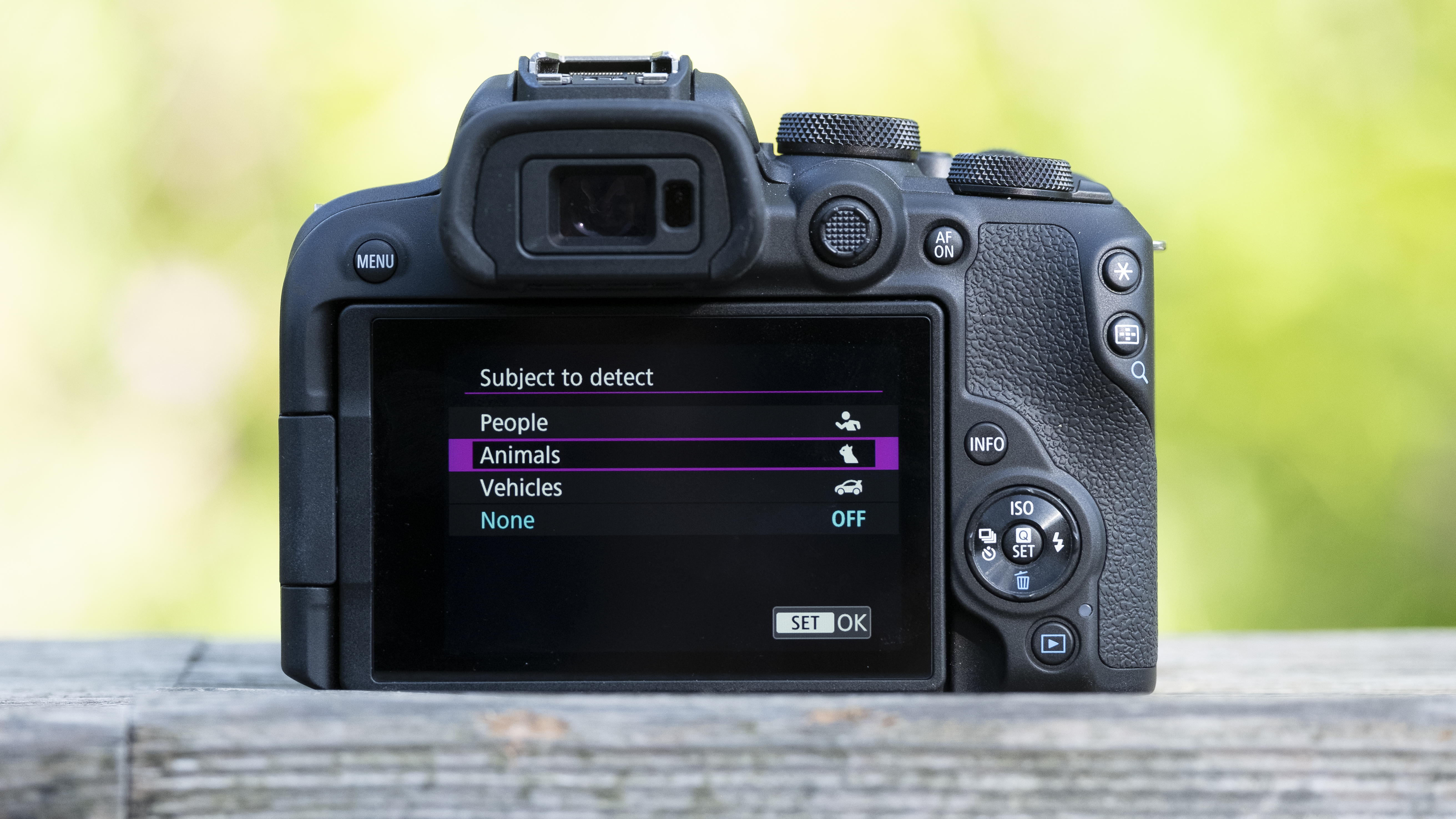
Switch to the electronic shutter and you're able to briefly hit 23fps speeds. There are a couple of reasons why this is best avoided in most situations, though. Firstly, the electronic shutter is much slower than the mechanical one over extended bursts in this mode. Also, shooting moving subjects with the electronic shutter can produce warping issues (otherwise known as rolling shutter), which means you're best off sticking to the mechanical one most of the time.
Fortunately, the EOS R10's autofocus is able to keep up with these decent burst-shootings skills. Its Dual Pixel CMOS AF II setup, seen in more advanced forms on cameras like the professional Canon EOS R3, is both impressive and intuitive, too. You get a total of 4,053 AF points, which is impressive for an entry-level camera, and moving around them is easy thanks to the inclusion AF joystick (another feature that's often jettisoned on beginner cameras).
We tested this AF system on a wide range of animals, including cats, deer and a very speedy cockapoodle. And while the hit-rate certainly wasn't 100%, the EOS R10 did a good job of finding eyes and locking onto them, even from distances of 5-10 meters away.


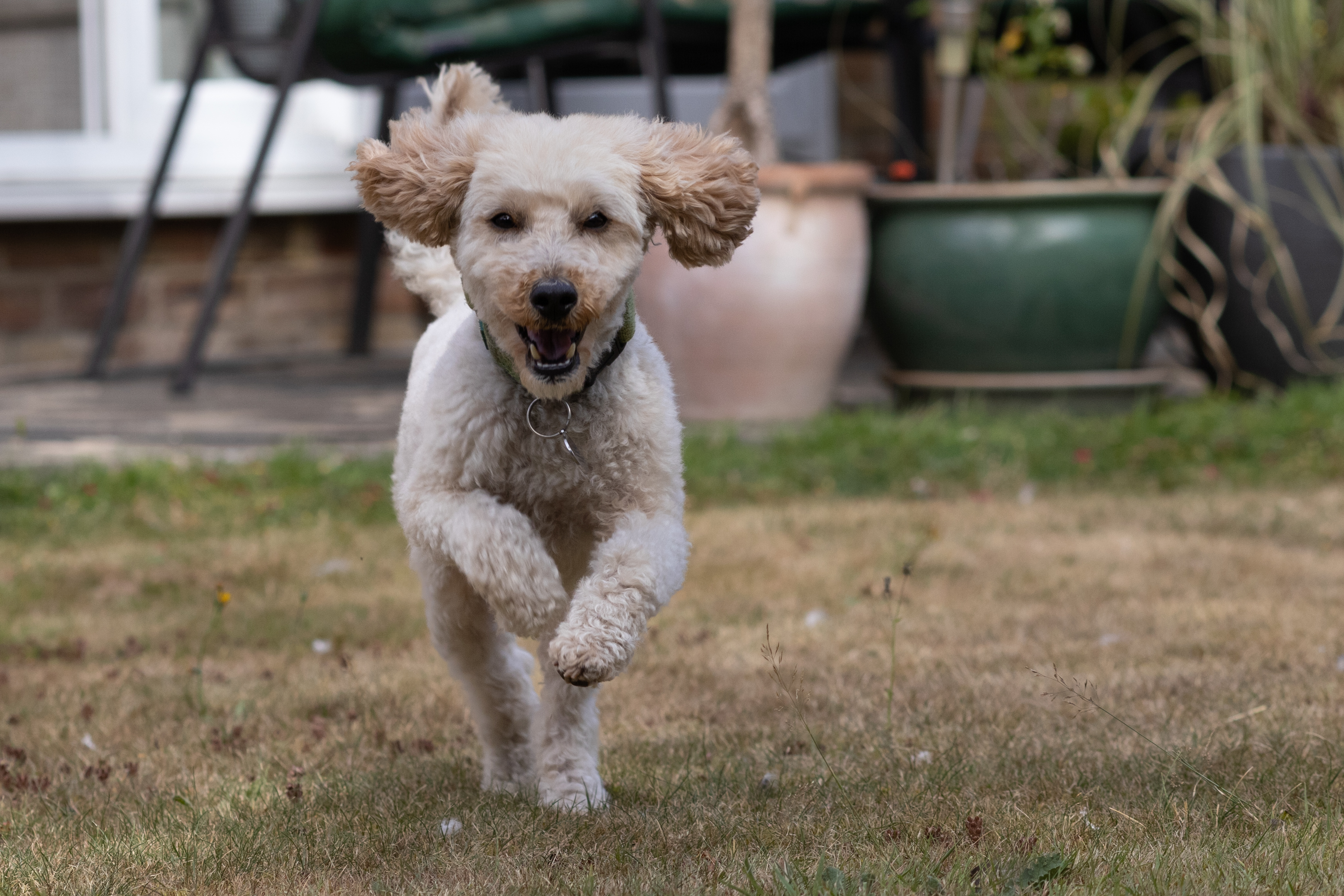
Unlike previous autofocus systems, this tracking is available across most of the EOS R10's AF modes, and it'll automatically switch to a face or body if it can't find any eyes. Switch to continuous AF (or 'Servo', as Canon calls it) and the EOS R10 will also track any subject you choose to lock onto around the frame, which puts it ahead of rivals like Fujifilm.
Where the Canon EOS R10 is slightly weaker than some rivals is battery life and the lack of in-body image stabilization (IBIS). The Fujifilm X-S10, for example, offers IBIS for a similar price to the R10, and this can be a useful way to preserve image quality when shooting handheld in lower light (thanks to longer shutter speeds).
The EOS R10's battery life isn't terrible in comparison to other mirrorless cameras. Its CIPA rating (which is a standardized metric for camera battery life) is 340 shots per charge, or 210 if you're solely using the EVF. While Sony cameras tend to fare a little better, that's only just below par for mirrorless cameras.
DSLRs like the Canon EOS Rebel T8i / EOS 850D (which uses the same LP-E17 battery as the EOS R10) can keep going for 800 shots, though, because they use optical viewfinders rather than electronic ones. We still think the EOS R10's overall advantages make it the better buy, but it's something to bear in mind if you're planning to take it on long days out. Getting a spare battery is likely a wise idea.
- Features and performance score: 4.5/5
Canon EOS R10: image and video quality
- Image quality impresses despite sensor's lack of backside-illumination
- Shoots uncropped 4K/30p video that's oversampled from 6K capture
- No headphone jack or 'flat' log video profile for color graders
The EOS R10 has a new 24.2MP sensor, but this chip isn't backside-illuminated (BSI). As the name suggests, BSI sensors have their circuitry on the back of the sensor rather than in front of the light-sensitive photosites, which traditionally means they have less noise and better all-round image quality.
This could have been a black mark against the EOS R10, but overall we've been impressed with its image quality. Photos look very clean and detailed up to ISO 1600, with pleasing colors and skin tones.
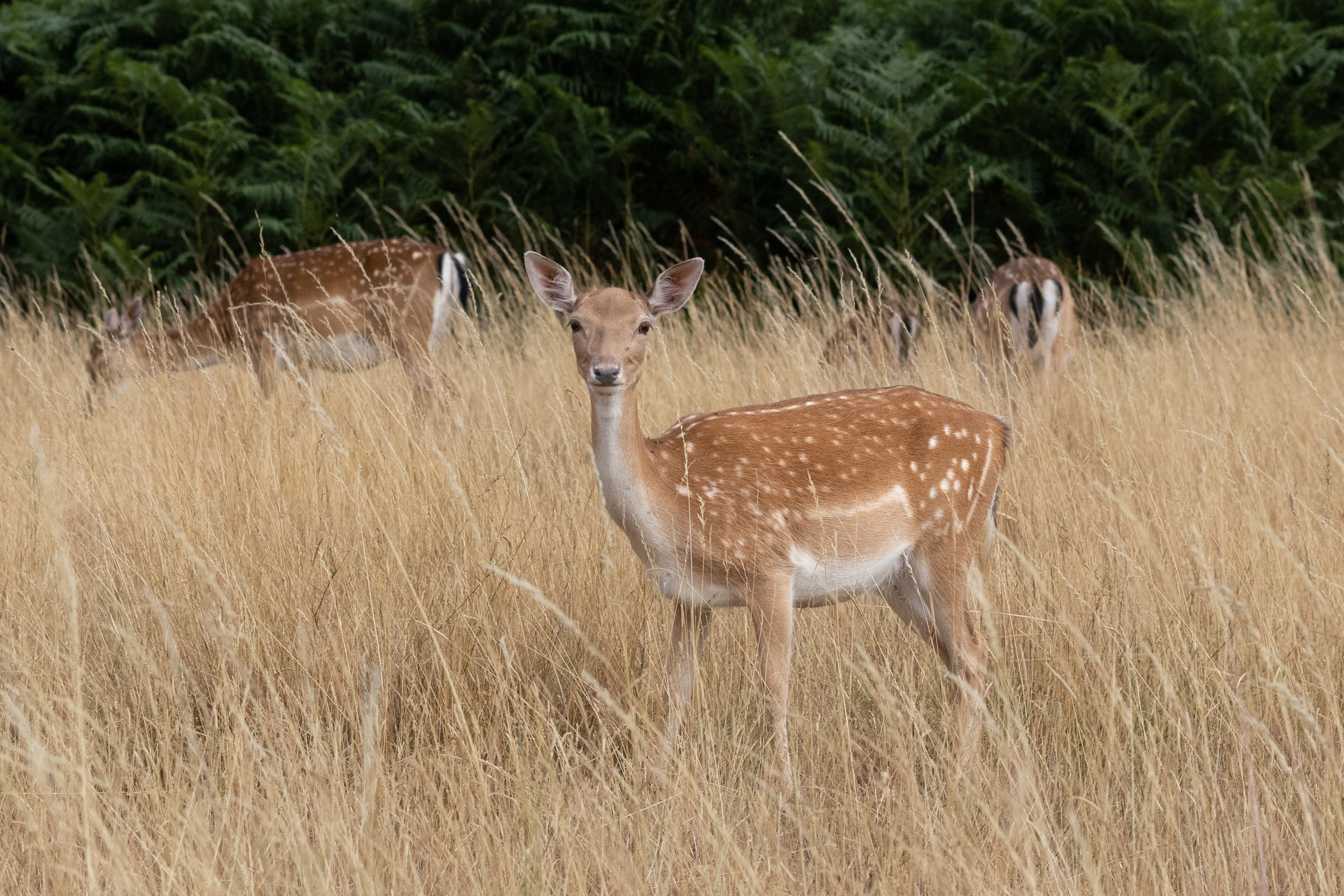
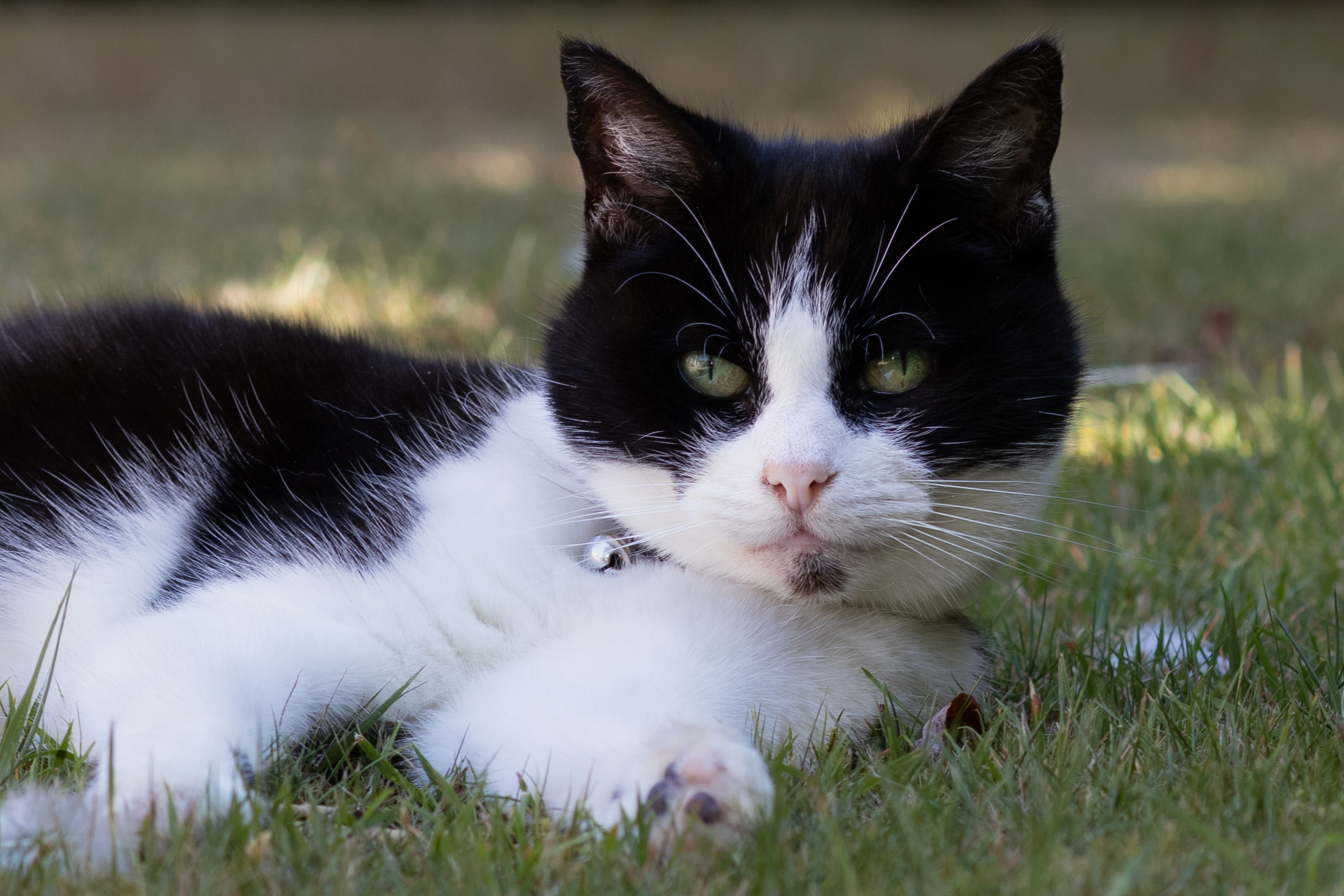
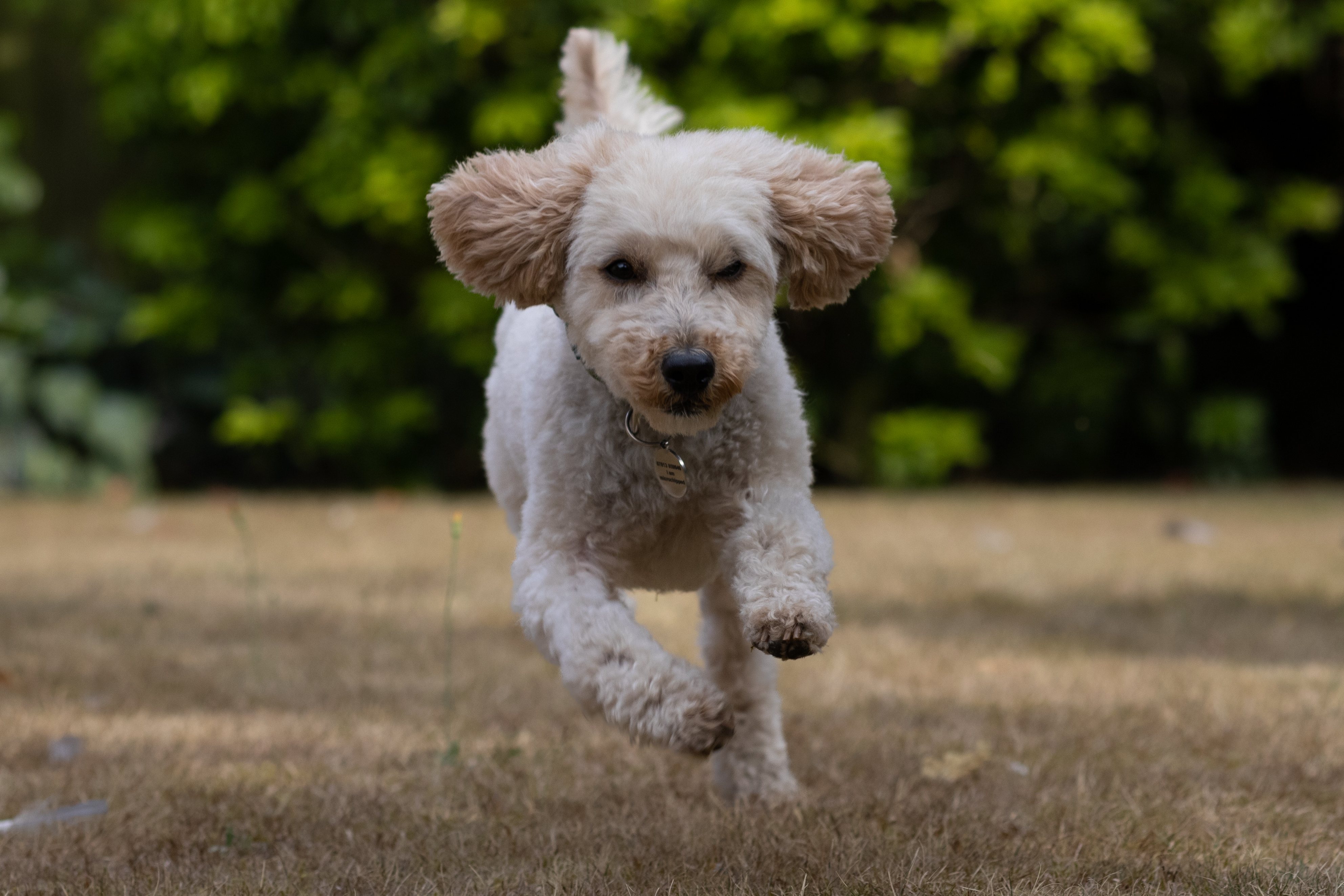
Noise starts to become slightly noticeable from ISO 3200, but results are certainly still usable here and at ISO 6400. It's really only ISO 12800 and above that should be considered emergency options for particularly gloomy situations.
In short, the image quality is very similar to APS-C rivals like the Sony A6400 and Nikon Z50. Only the Fujifilm X-S10 and X-T30 II hold any advantage at this price point, because they use BSI CMOS sensors that should (in theory) give them a slight advantage at higher ISO sensitivities. But we haven't been able to do a side-by-side comparison between the EOS R10 and those cameras yet.
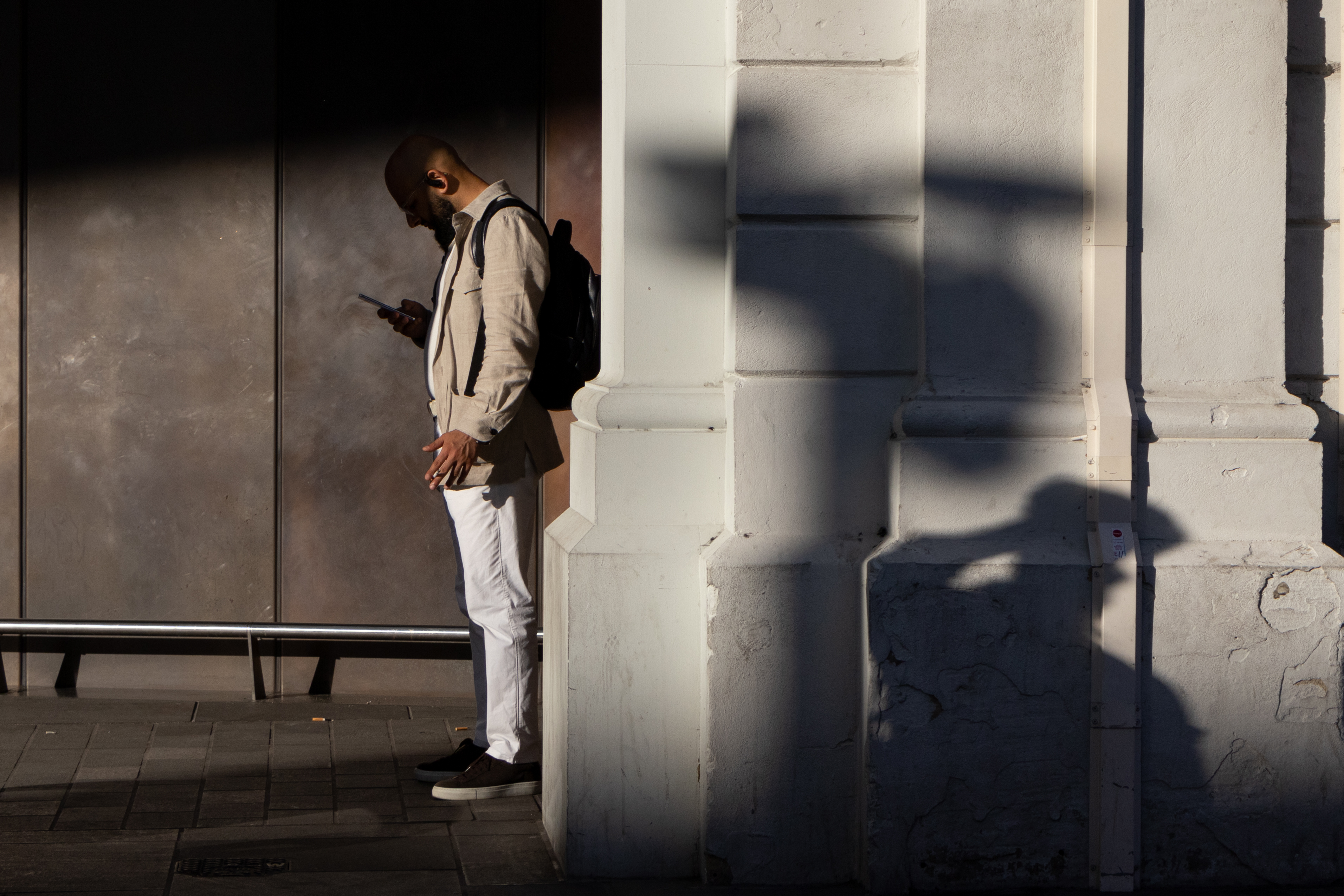
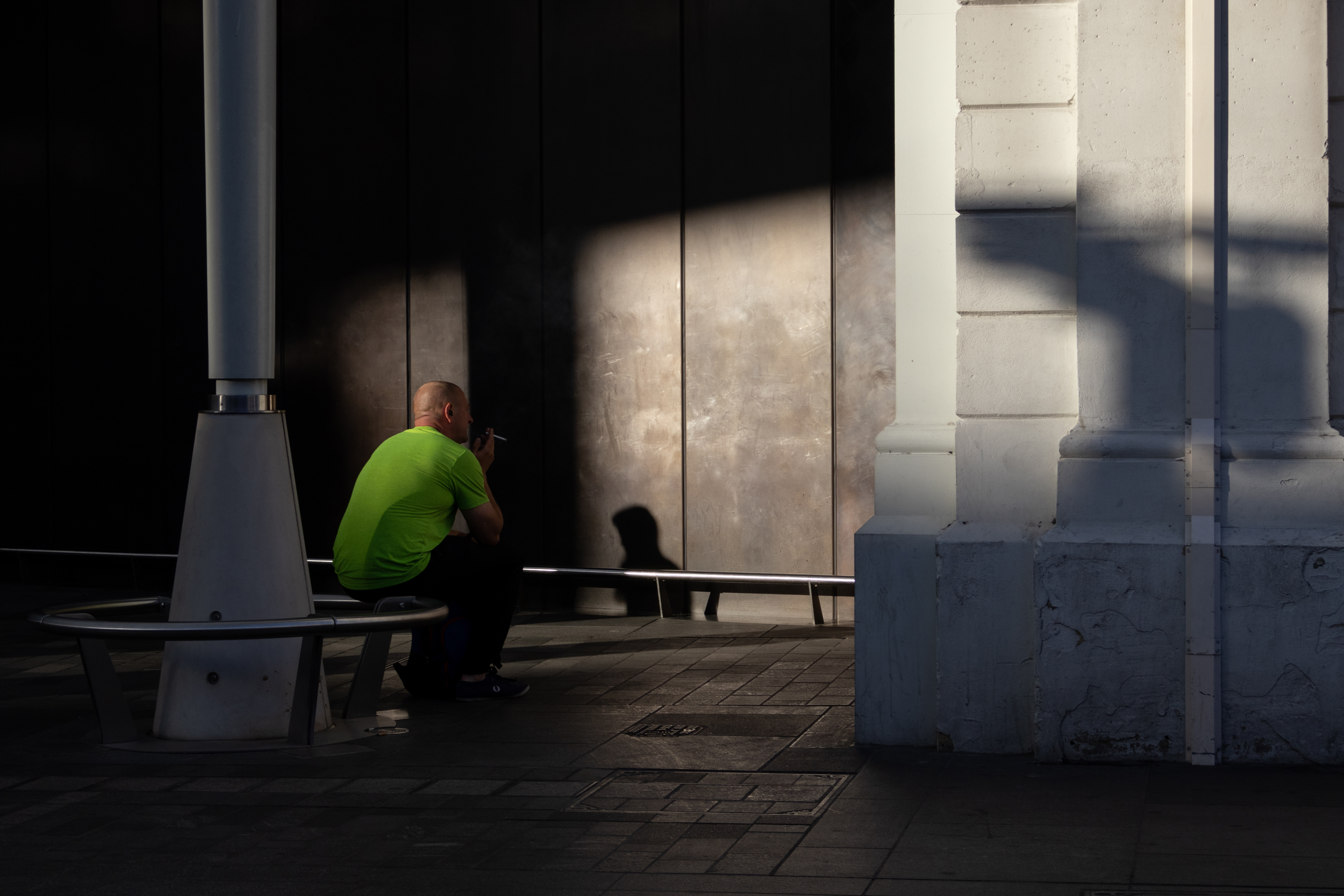

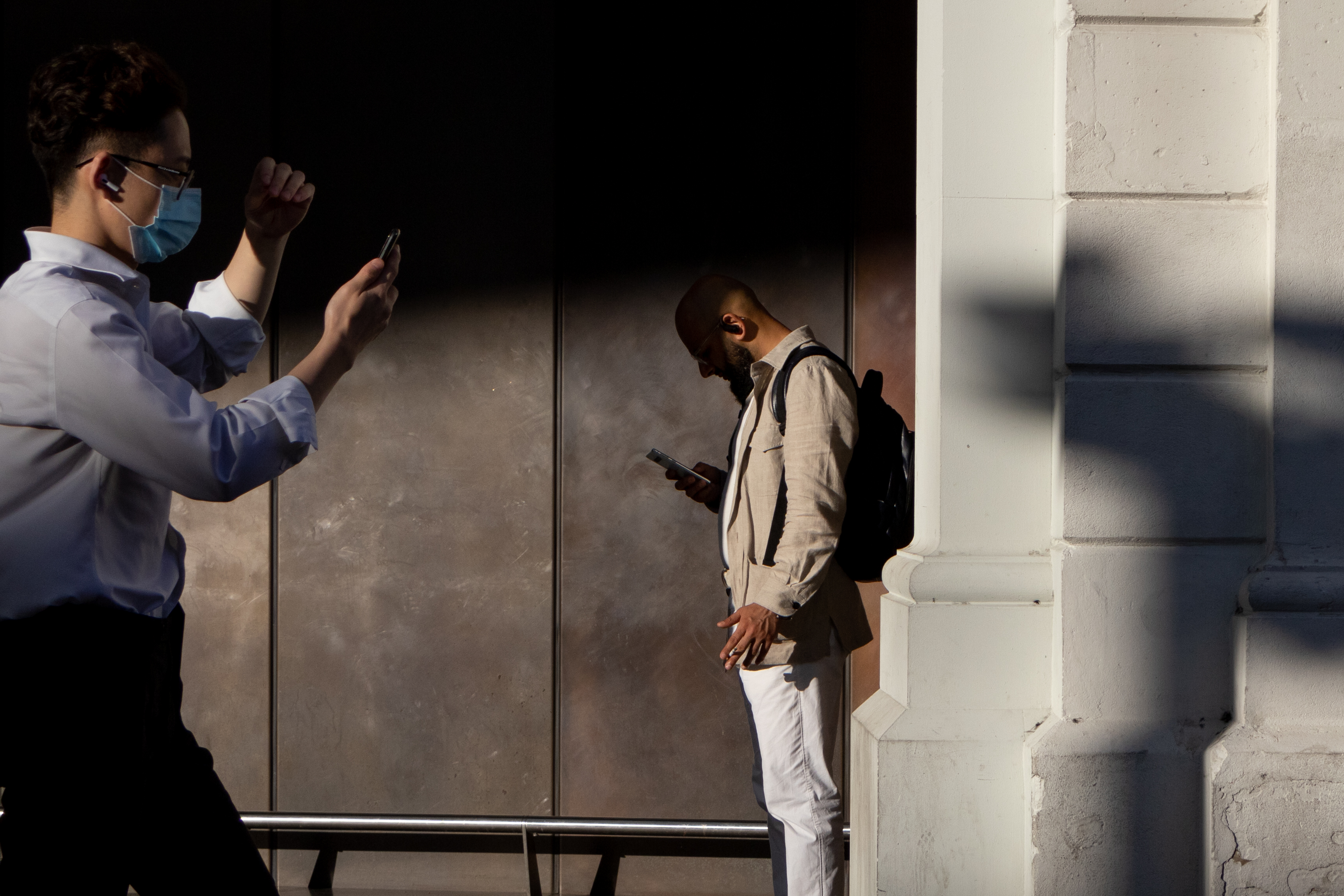
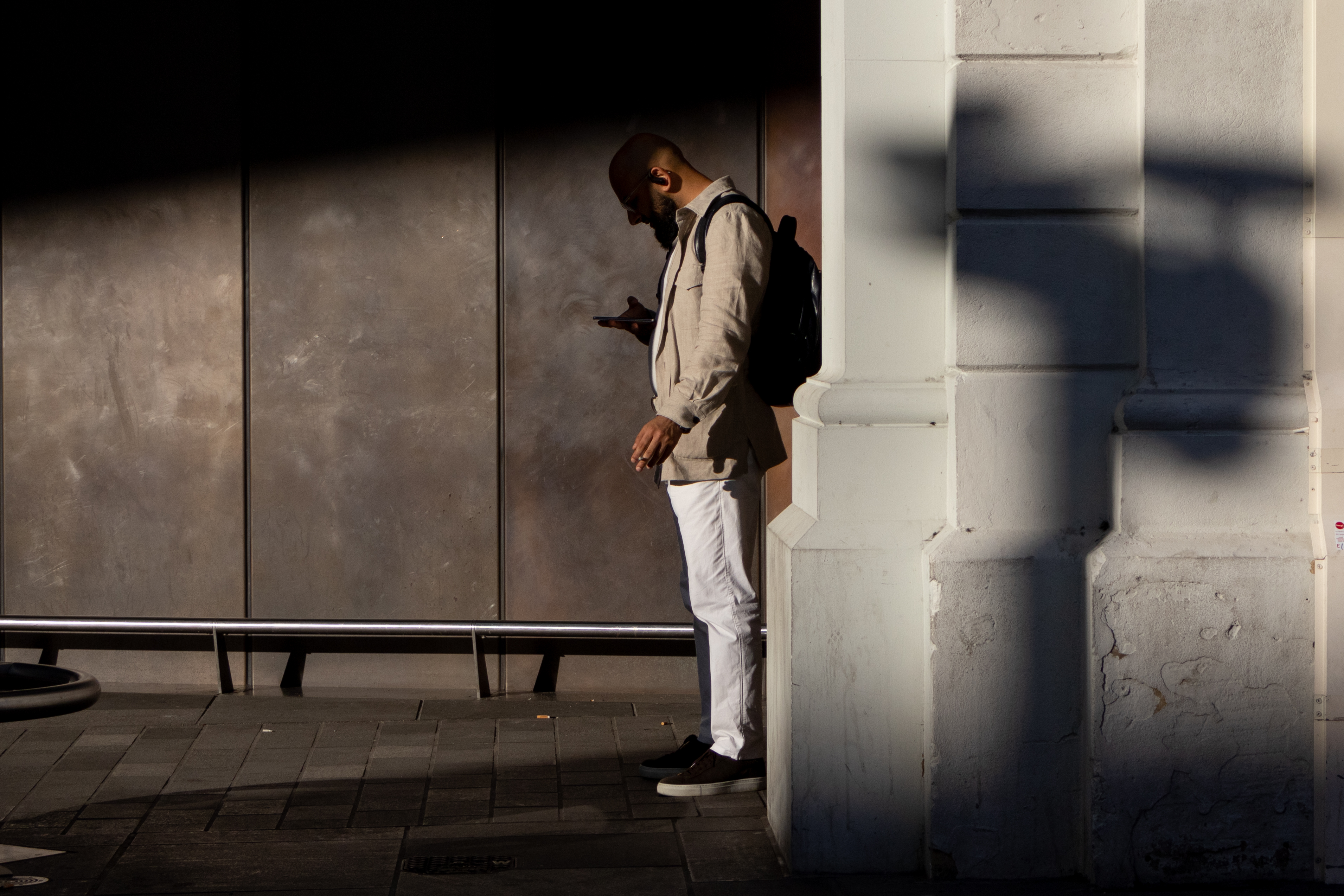
Slightly more impressive, compared to the competition, are the EOS R10's video skills. Some occasionally temperamental autofocus aside, it impresses with the ability to shoot uncropped 4K/30p that's oversampled from the sensor's 6K resolution.
While this isn't the case for the camera's 4K/60p mode (which as you can see below, incurs a 1.56x crop), this is still a useful tool for vloggers and YouTubers. The benefit of 60p mode is that you can slow it down to half-speed to create some nice cut-scenes.
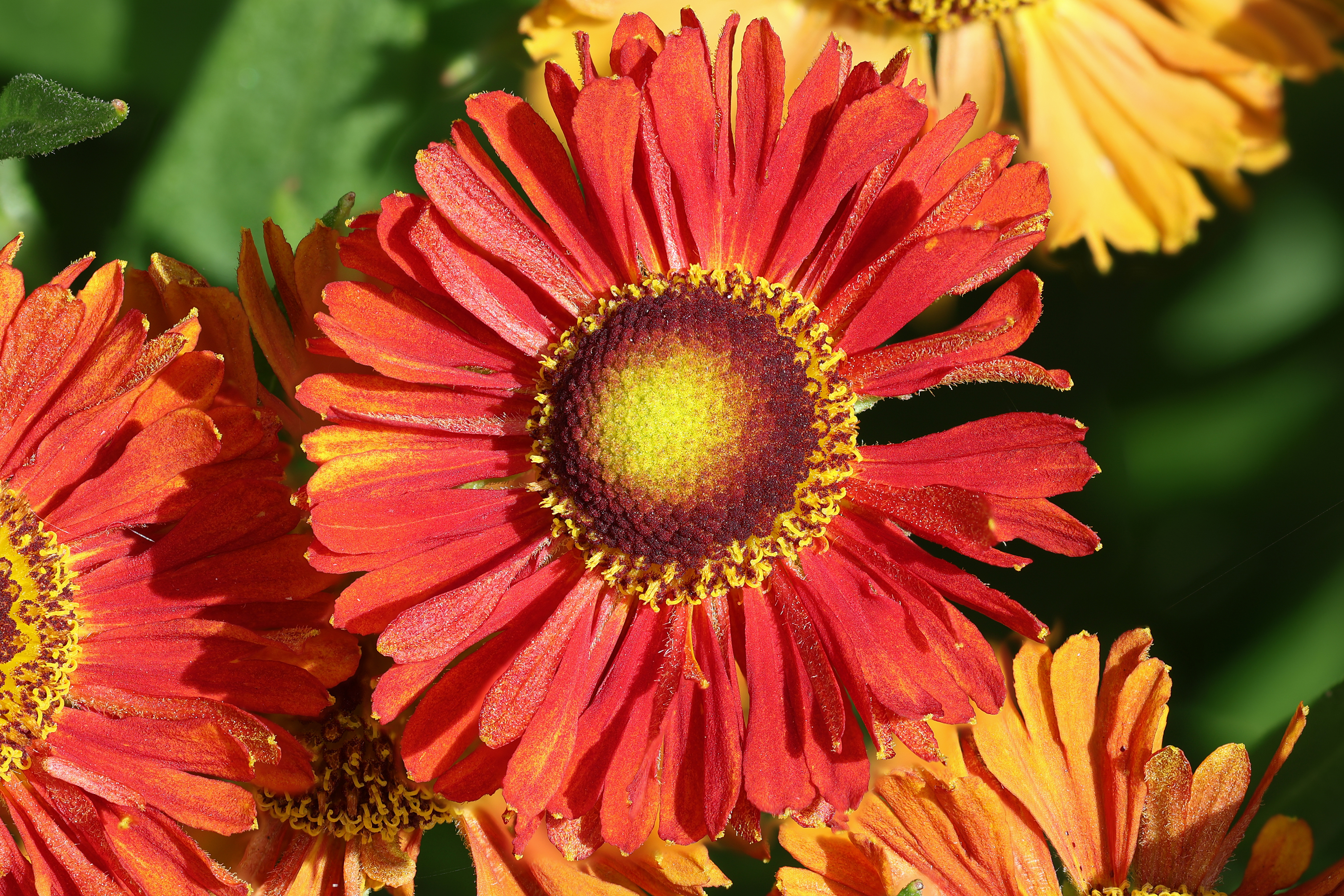

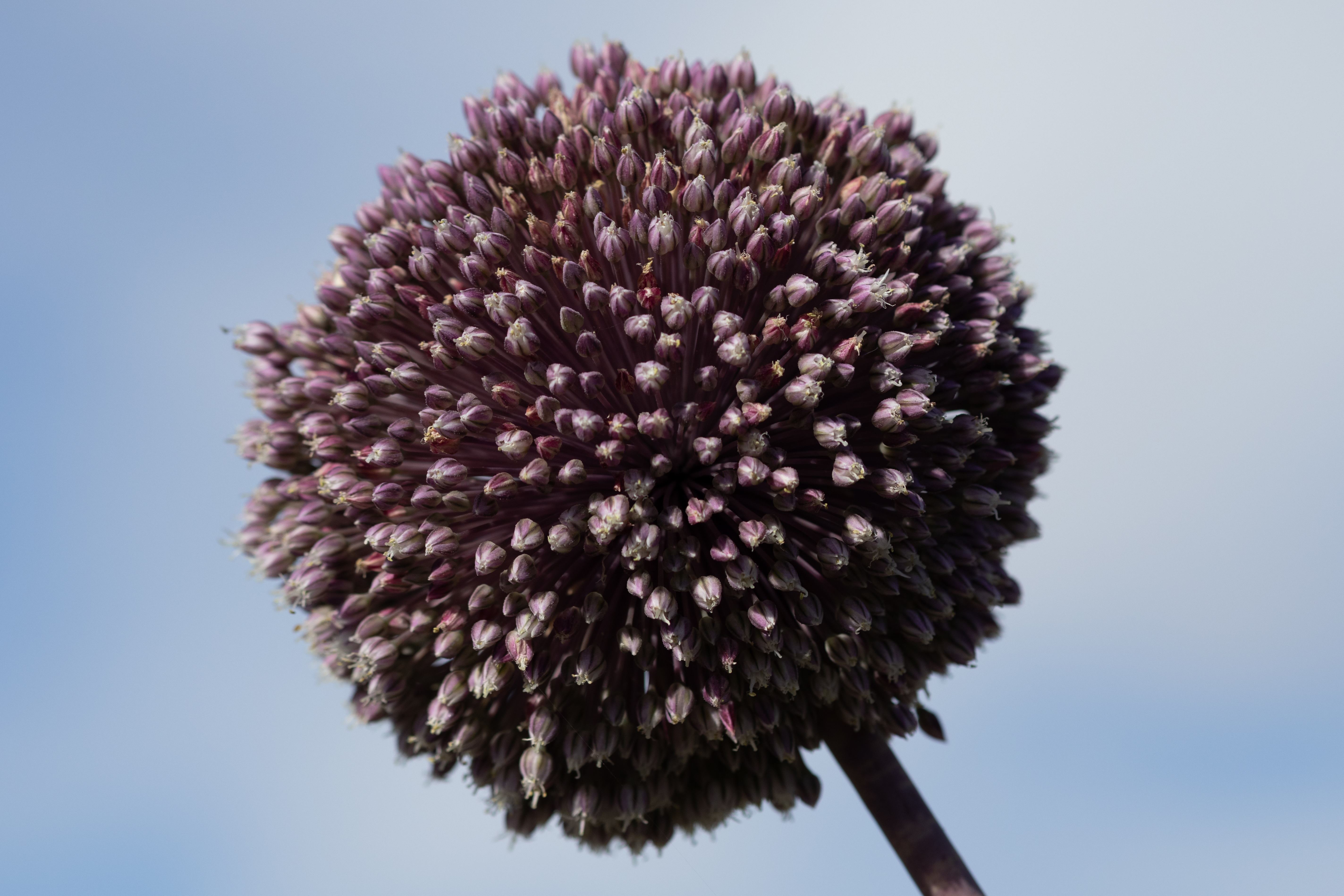

Other video bonuses include the ability to shoot 1080/120p slo-mo and an 'HDR PQ' mode that delivers 4:2:2 10-bit quality. Unfortunately, there's no 'flat' log option on the EOS R10, though, which means keen color graders will need to consider the EOS R7 or rivals like the Fujifilm X-T30 II. And the lack of a headphone jack means there's no way to monitor audio when you're out in the field.
Still, there's no 30-minute video recording limit on the EOS R10, which means you can shoot clips for up to two hours (depending on battery life and card capacity). And pair the camera with a slightly better lens than Canon's two RF-S kit zooms, and you have a very capable video tool for shooting clips alongside your snaps.
- Image and video quality score: 4/5/5
Should I buy the Canon EOS R10?

Buy it if...
Don't buy it if...
Also consider...
If our Canon EOS R10 review has you considering other options, here are three more cameras to consider...
Testing scorecard
| Attributes | Notes | Rating |
|---|---|---|
| Price | Not cheap, but offers impressive autofocus, burst shooting and video skills for the price | 4/5 |
| Design | Great ergonomics and useful AF joystick, but the viewfinder is small | 4/5 |
| Performance | Impressive autofocus tracking and burst shooting speeds, although the buffer depth is quite limited | 4.5/5 |
| Image and video quality | Excellent performer below ISO 6400 and powerful video modes for the price, despite the lack of a 'flat' video profile for color graders | 4.5/5 |
- First reviewed August 2022
0 comments:
Post a Comment